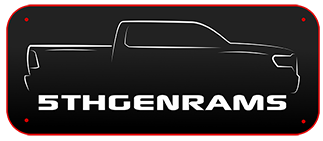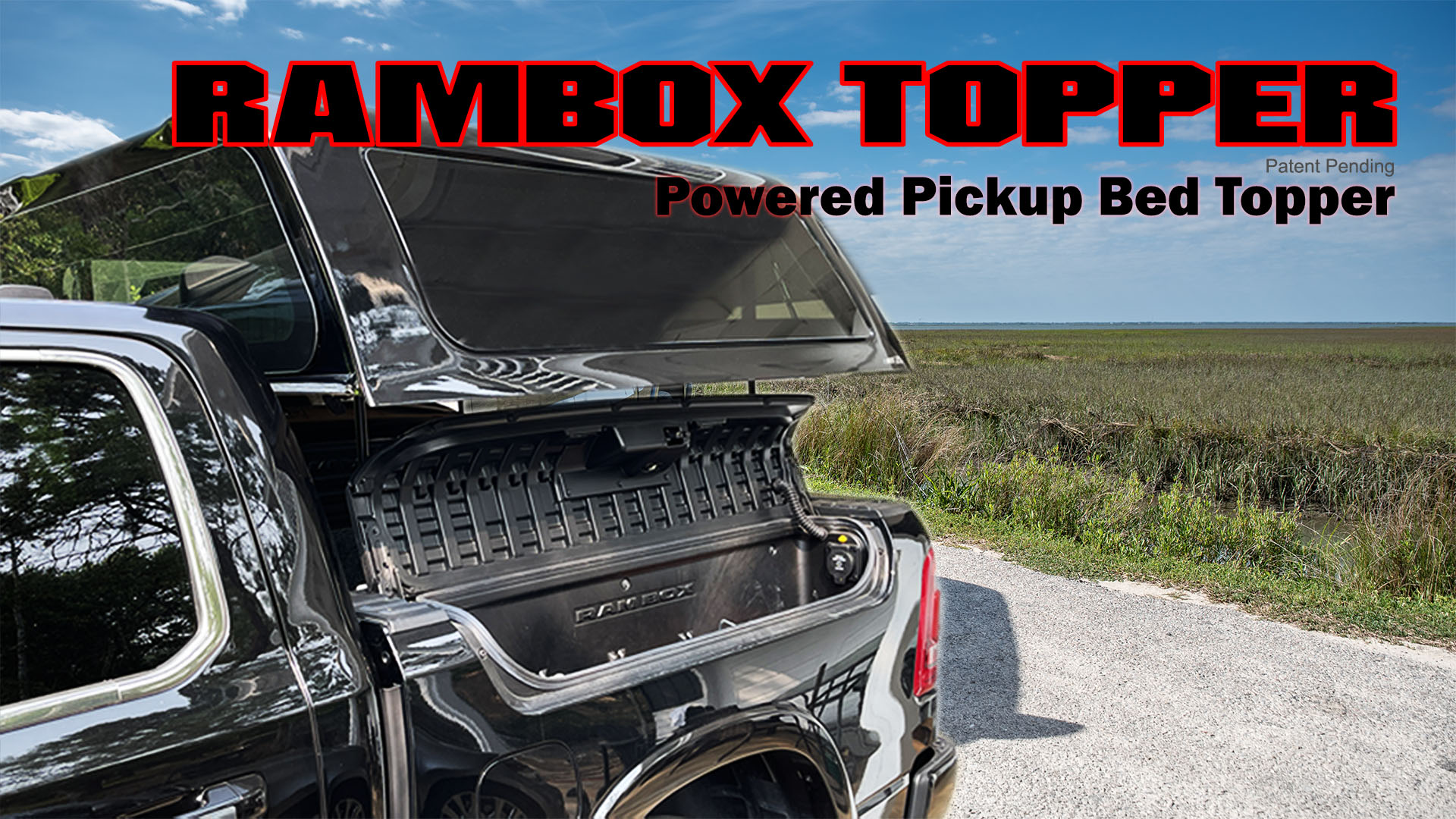TSL
Well-Known Member
Thanks for the input. The pop up is wired as you describe, near as I can tell. I'm still working on the conversion project, so far I've installed the Lithium battery and installed a new power convertor that will charge Li properly ( A Progressive Dynamics 4100 model ). I've wired everything up but haven't buttoned it all up yet. I did hook up to the truck's 7 pin, with the motor running and what I observed was that voltage across the trailer battery terminals stepped up from ~ 13.6 to ~ 14.4 or something like that with the 7 pin connected. So I know the truck was sending power to the battery. The battery has a bluetooth app which shows me current flow ( + into the battery or - if it's draining ). I'll have to experiment with it over a few weeks and see what happens.boogielander,
I respectfully disagree. I have had 2 separate stock travel trailers (maybe pop ups are wired differently) and both of them use the +12V 7 pin to charge the house battery. Easy enough to verify, disconnect your house battery, plug in the 7 pin and see if you have 12v in camper.
Also, my 7 pin +12v has a 30A stock fuse. The OEM would not use that on smaller gage wire. I recently made my own 7 pin pigtail to OEM and it used 10 gage for +/- 12V, 12 gage for brakes and 14-16 gage for blinkers and brake lights.
TSL,
To keep it simple, you could add 12/12 20A charger to your popup and just remember to unplug so you don't drain vehicle battery. I switched to lithium house battery and the vehicle battery actually starts draining the house battery when not running because the lithium is at a higher voltage.
Adding a DC charger in the camper running off the +12V from the 7pin would certainly be simpler than running separate cable from the truck battery and putting an Anderson connector on the back of the truck, albeit that might well be the "best" way to do it.
I did also figure out that the Absorption Fridge on the camper pulls 10A when running on 12V, which I would be doing while on the road, switching over to Propane when at the campsite.
I think the "corner case" I was concerned about was let's imagine the case where the camper battery is depleted at the end of camping trip - it's a Li battery with low internal resistance, so it might put a strong current pull on the +12v pin from the truck. Meanwhile the fridge is also pulling 10A. I suppose that's where that 30A fuse in the truck comes into play right? Worst case that blows. Then I know I need a DC-DC charger. Or maybe it doesn't, and I get home and find the camper battery barely charged on the way home. In which I don't care because I'm going to plug in to shore power at home and charge it up.
Now if I was going to drive from CA to the top of Alaska like @boogielander is planning on, well then I'd need my battery to charge up during the day's drive, so that's a different story.











